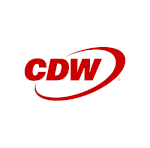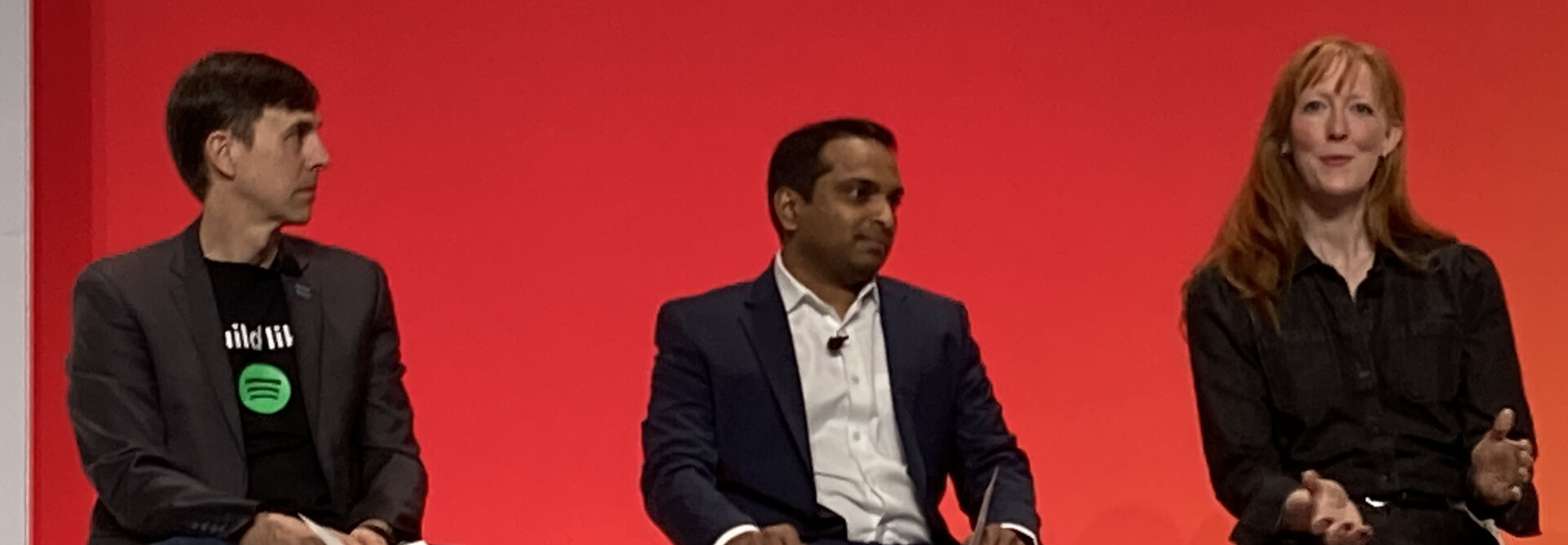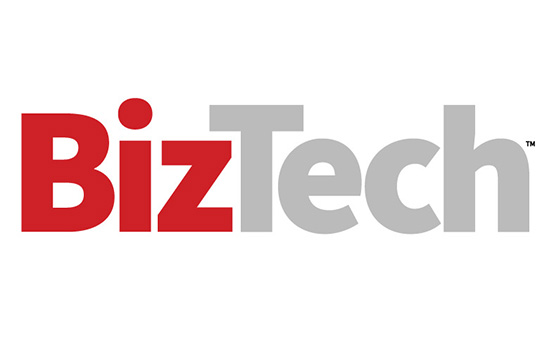“Build fast and break things.” That used to be the creed of the software developer, famously coined by Mark Zuckerberg, founder of Facebook, where for many years it was a kind of internal company motto.
The need to “build fast” continues to be a fact of life for developers, as businesses simply can’t afford to fall behind on creating and perfecting their products. But the idea that engineers should feel free to just “break things” has long gone by the wayside. Today, the imperative is to build fast without introducing security vulnerabilities into your code.
This new reality has led to the development of formal practices within software development — first DevOps and now platform engineering. At Google Cloud Next 25, a panel of platform engineering leaders revealed their keys to success with the emerging discipline and explained how organizations can strive to build the most productive teams.
Click the banner below to read the 2025 CDW AI Research Report.
What Is Platform Engineering?
First, a basic question: What is platform engineering, exactly?
“For Spotify, it’s about ensuring that our developer teams are as productive as possible,” said Tyson Singer, vice president of technology and platforms for Spotify, the music app.
Leah Rivers, director of product management for Google, described platform engineering as a “sociotechnical discipline” that’s designed to broaden a common understanding throughout development teams: “It’s about finding the common problems that engineers face and solving them in creative ways, so that our engineers can solve bigger problems.”
Those common problems are mostly about developing at scale. That’s why platform engineering has emerged as a way to help engineers quickly access tools that help them work more efficiently and securely.
“It’s hard to overestimate the power of shared understanding,” Rivers said. “A problem well defined is a problem half solved. Having that shared responsibility, and to know what we’re shooting for is important. We don’t go too fast for a technical solution. You can spend a lot of time and money going down a technical path when it’s too soon.”
Click the banner below to receive related insights after our event coverage.
How Spotify Built The Developer Framework Backstage
Spotify is known among music lovers as a great way to access their favorite jams, but in technical circles it’s renowned as the creator of Backstage, a framework for building internal developer portals that Spotify open-sourced in 2020 and that many organizations use today as part of their own platform engineering programs.
Spotify did not set out to create Backstage; it happened organically through its own software development modernization process. “We started our platform team to be focused on infrastructure,” Singer said. “Then, we tried to upgrade the stack as we took advantage of GC, to add value for our developers.”
KEEP READING: Improve your workflows with platform engineering.
Eventually, Spotify needed to shift from infrastructure development to building products. That was “a journey,” Singer said, “and a painful one. We’re still in it. We needed to put in more product managers, we needed more designers and more data scientists. We also implemented a lot of change management techniques.”
One lesson from that journey: Make sure you know early in the process what success looks like and how to measure it. Trying to determine your success metrics halfway through a platform engineering build is “hard, hard, hard,” Singer said.
The Benefits of a Platform Engineering Program
But the process is worth it; the benefits of an effective platform engineering program are multifaceted, Singer noted, including better products, more secure code and lower costs. On the latter benefit, Singer said, he’s learned to measure it for finance executives in terms of “blue dollars,” which don’t necessarily show up on a spreadsheet but save the company money.
For example, when a project can be completed with fewer full-time equivalent employees thanks to platform engineering, they seek quantify that in blue dollars.
Standing up a platform engineering program requires support from business executives, and that’s why it’s important to characterize the benefits in terms they best understand. “I always go first to the quality aspects,” she said. “Find the security or efficiency challenge that matters most to scaling your project. What risks exist that impede your growth? And then show them what you can do to solve it with platform engineering.”
For continuing coverage from the event, follow us on the social platform X @BizTechMagazine and the official conference feed, #GoogleCloudNext















